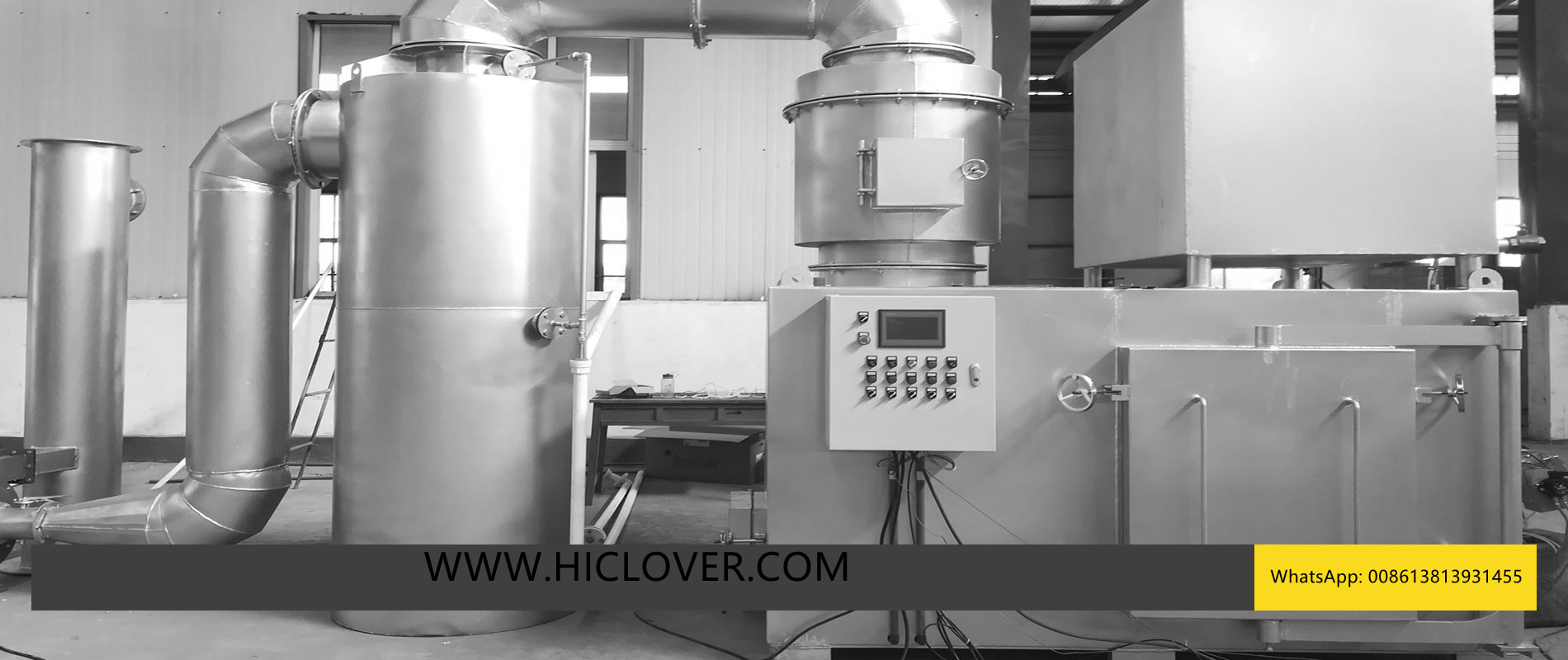
Medical Waste & Camp Incineration in South Sudan: Current Situation & Market Analysis
Overview of South Sudan’s Needs
South Sudan, as one of the youngest and least developed countries in the world, faces serious challenges in waste management—especially medical and hazardous waste. Limited infrastructure, protracted conflict, and remote field conditions increase the need for decentralized, robust waste incineration solutions.
Medical Waste Incinerators
Users and Applications
-
Public Hospitals and Primary Healthcare Centers (PHCCs): Large hospitals in Juba (e.g., Juba Teaching Hospital), Malakal, Bentiu, and Wau often operate small- to medium-capacity medical incinerators.
-
Field hospitals & emergency health posts: NGOs and international agencies frequently install small-capacity incinerators (e.g., 10–50 kg/hour) near mobile clinics and health centers.
-
Maternity and isolation units: Incinerators are often used to dispose of infectious waste, sharps, contaminated PPE, and pathological waste.
Typical Models and Features
-
Diesel or LPG-fired units.
-
Capacity commonly ranges from 20 kg/hour to 100 kg/hour.
-
Preference for top-loading or rotary models that can operate in off-grid areas.
-
Some units include basic air pollution control devices (e.g., wet scrubbers) if funded by larger agencies.
Challenges
-
Limited technical capacity for operation & maintenance.
-
Fuel supply constraints.
-
Lack of nationwide waste policy enforcement.
Camp Waste Incinerators
Main Users
-
UN peacekeeping missions: e.g., UNMISS (United Nations Mission in South Sudan) bases in Juba, Bor, Bentiu, Malakal, and other field locations.
-
Humanitarian and refugee camps: Supported by agencies like:
-
UNHCR (United Nations High Commissioner for Refugees)
-
IOM (International Organization for Migration)
-
World Food Programme (WFP)
-
-
NGOs operating large base camps: e.g., MSF (Médecins Sans Frontières), ICRC (International Committee of the Red Cross), Samaritan’s Purse.
Use Cases
-
Disposal of mixed solid waste from camps: food packaging, used materials, expired goods.
-
Incineration of confidential documents and packaging waste.
-
Camp medical facilities’ hazardous waste.
Typical Solutions
-
Containerized mobile incinerators: Deployed for rapid setup and relocation between camps.
-
Burn rates typically 50–300 kg/hour depending on site scale.
-
Often diesel-fueled; sometimes dual-chamber design for better combustion efficiency.
NGOs & UN Procurement Trends
-
Procurement often linked to donor-funded projects (e.g., USAID, ECHO, Global Fund).
-
NGOs prefer turnkey incinerator packages: include installation, training, and spare parts.
-
UN agencies (especially UNOPS, UNICEF, WHO) publish tenders for incinerators as part of health system strengthening.
-
Preference for international suppliers with experience in humanitarian contexts.
Market Outlook
-
Growing demand for small-to-medium capacity incinerators (10–100 kg/hour), driven by:
-
Expansion of rural healthcare services.
-
Establishment of isolation/treatment centers.
-
UN and NGO policy alignment on environmentally sound waste disposal.
-
-
Containerized incinerators for camps remain important due to mobility and security concerns.
-
Increased attention on emission standards: new projects often require compliance with WHO or Basel Convention recommendations.
Key Observations
-
South Sudan relies heavily on external actors (NGOs, UN agencies) to provide and operate incinerators.
-
Local technical support is limited; therefore, units with low maintenance and simple operation are preferred.
-
Funding volatility and fuel shortages remain significant barriers.
-
International suppliers that can bundle training, installation, and after-sales service are best positioned to serve this market.






